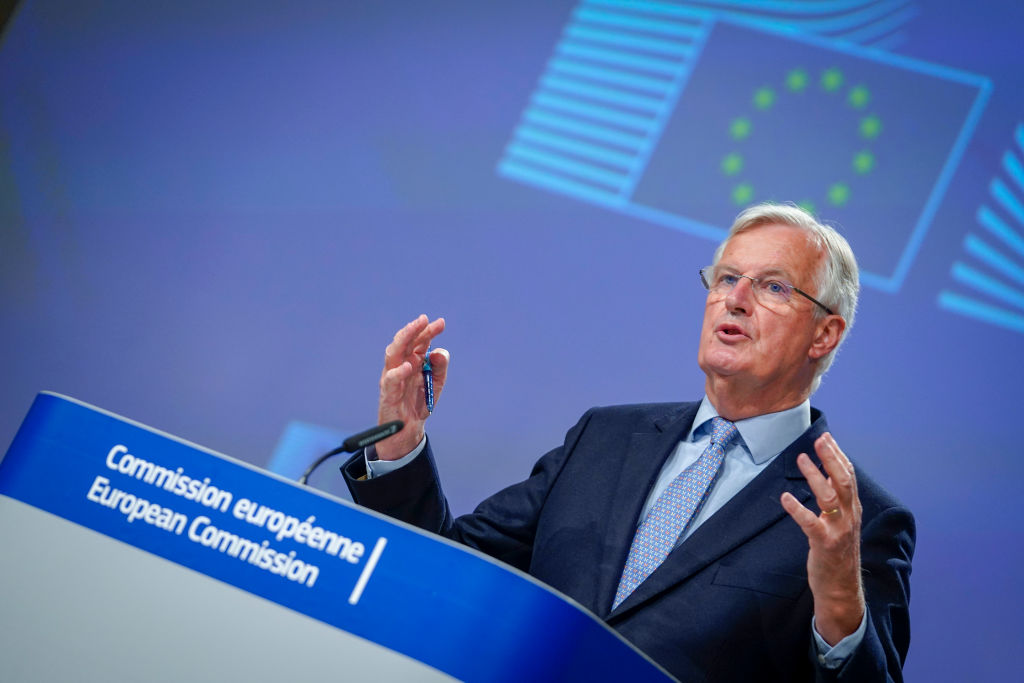Trade talks between the UK and the EU are in a better place than they have been at any point since they started back in March, I say in the magazine this week. The two sides’ decision to commit to an intensified set of negotiations between now and August, some of which will involve face-to-face meetings, suggests both the UK and the EU are serious about seeing if the deadlock can be broken.
The question now is, how can that be done? Well, the biggest obstacle to a deal is the EU’s demands on the level playing field. The UK has repeatedly said that it simply cannot accept them. Michael Gove has already emphasised that the UK would be prepared to accept tariffs rather than agree to what the EU wants in this area. The EU has dismissed this offer, saying there isn’t time to go through the tariff schedule line by line working out what should have what tariff on it.
But the UK offer does open up a potential compromise. A deal could declare that the UK has the sovereign right to move away from the EU’s level playing field should it so choose. But if it did, the EU would have the right to impose tariffs on UK goods. This would allow both sides to claim satisfaction. Johnson could say that the UK has the right to chart its own course without being bound by EU rules, while Brussels can point out that it has the tools to respond to any UK attempt to undercut it.
There is something of a precedent for this in the Northern Ireland protocol. It says that if the UK does not bring in a new EU act that falls within the scope of the protocol then the EU is entitled ‘to take appropriate remedial measures’.
If a deal is going to happen, it’ll have to be something that both sides can accept. That means both the UK and the EU are going to have to be prepared to move off their original negotiating positions and make some compromises. The one outlined above might just be an agreement that both sides could sell to their domestic audiences.







Comments